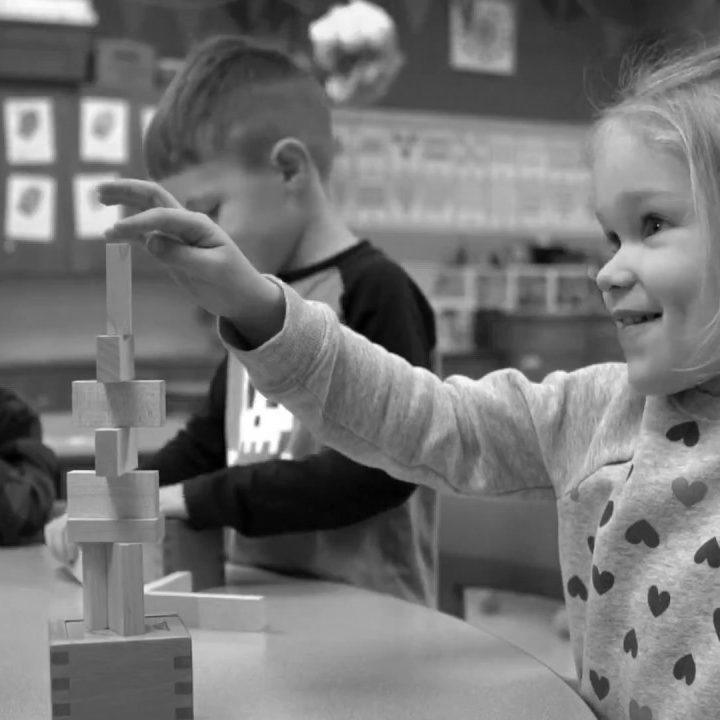

Testing Generative Models (VAEs) for the design of shell structures
AIComputational Design / Gabriele Mirra
In this post, I present the results of a first test on the application of a class of AI techniques – named Generative Models – to construct design spaces from a dataset of design precedents. The aim is showing a new approach in computational design that moves beyond problem-solving. Here AI is proposed as a tool that can support design thinking and creativity.

Computational design: beyond problem-solving
Computational DesignCreative Cognition / Gabriele Mirra
In computational design, the exploration of new design possibilities is limited within the bounds of predefined variables. The definition of such variables forces the designer to focus too early on the final solution rather than keep developing an initial idea. A new computational design approach based on problem learning could help designers escape mental sets and be more creative.

Computer-Aided Imagination
AICreative CognitionHuman-Machine Interaction / Gabriele Mirra
Computers have made our lives easier. We give them instructions, and they can perform complex tasks in real time, providing solutions to any sort of problem. The ability to solve problems is certainly an aspect of intelligence, yet it is only part of the story.

AI-enhanced creative cognition
AICreative CognitionHuman-Machine Interaction / Gabriele Mirra
Everyone can perform creative thinking, yet only a few come up with ideas that can dramatically change the world. Emergent technologies like Artificial Intelligence can help humans to fully unleash their creative potential.

AI is smarter than what you think, but won’t take your job
AIComputational DesignHuman-Machine Interaction / Gabriele Mirra
Artificial Intelligence (AI) is taking a leading role in several sectors and is expected to significantly affect the architectural practice soon. While the past generation of CAD systems extended the designer’s hand, the next generation of CAD systems will ultimately expand the designer’s mind.